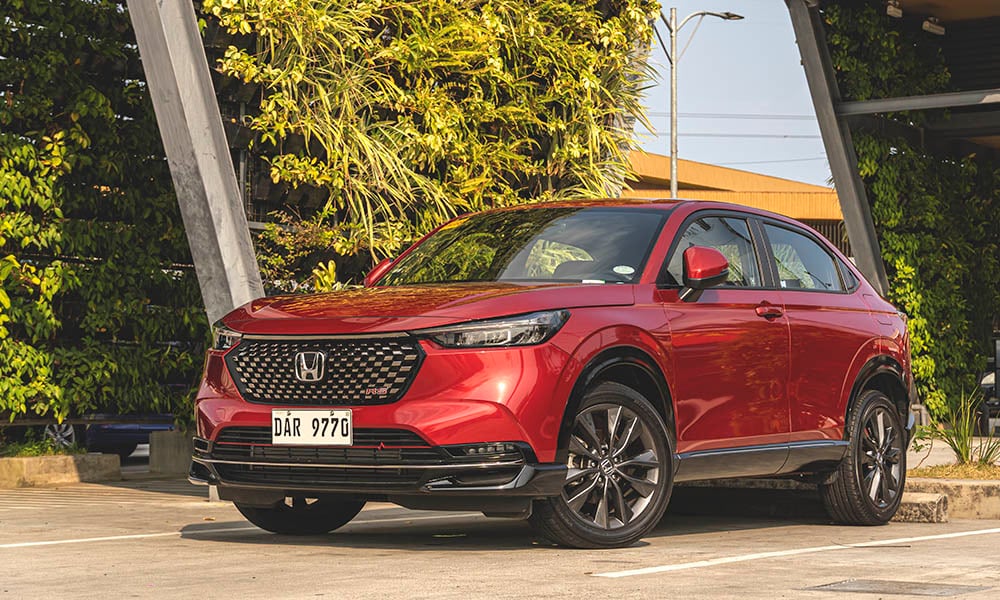
Nothing can match the design language of ’90s Japanese cars. The box-type template of the ’80s gradually smoothened to get with the next decade, yet SUVs were still at the crossroads of square angles mixed with curvy edges. That has resulted in radical designs that were either timeless or a product of their time, yet the latter seems to be the mindset most manufacturers are taking nowadays.
However, today’s crossovers follow the same formula of a raised hatchback with black plastic cladding that results in either egg-shaped or wedge-shaped vehicles. However, there is always that needle in a haystack. Could that be the Honda HR-V?
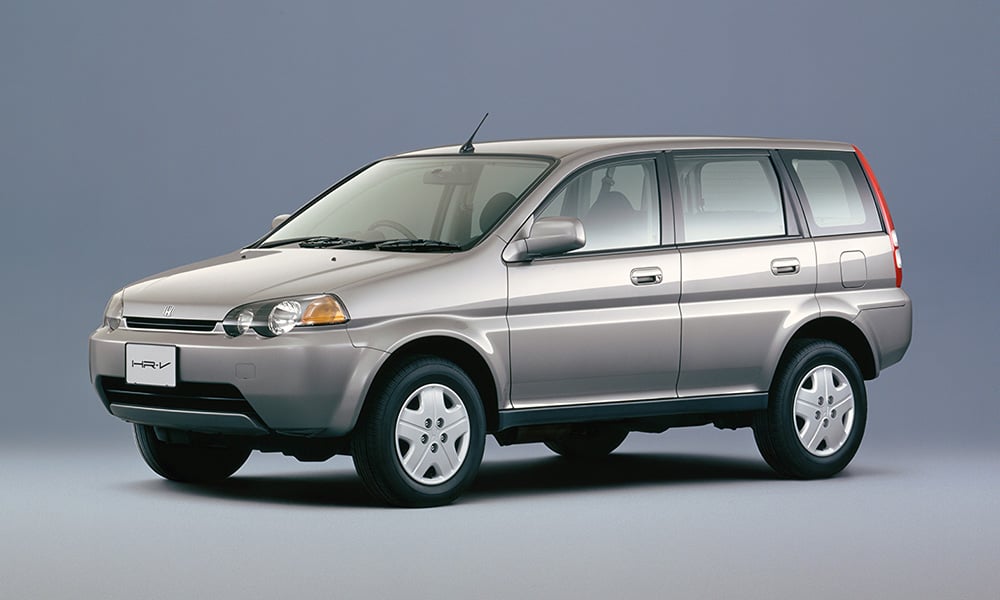
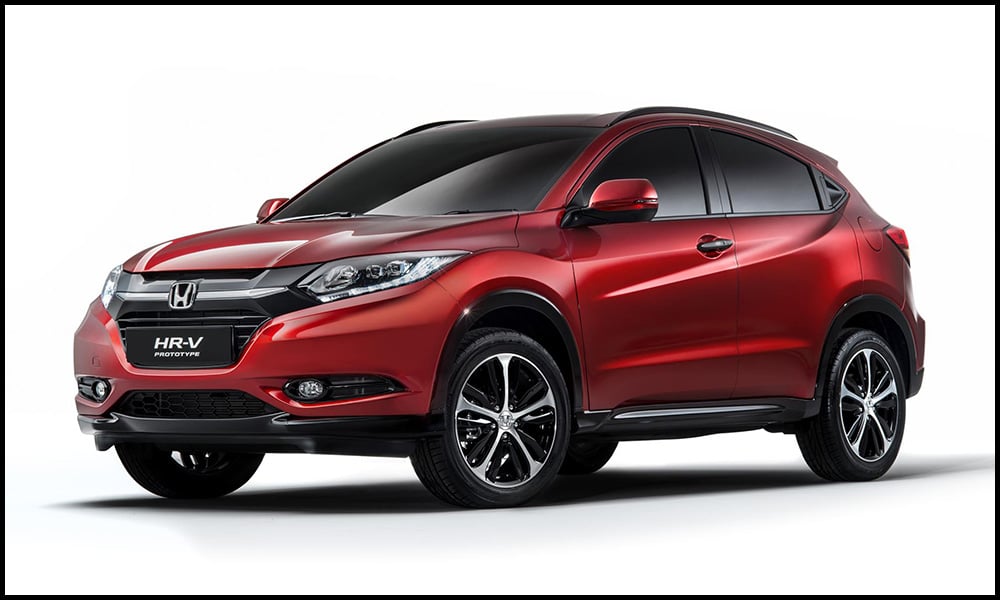
So, 1998 was the year when the HR-V was born in Japan and sold elsewhere in Europe, Australia, and even the Philippines. It carried a unique boxy design, derived from the J-WJ concept, in a package smaller than the CR-V at the time—the first-ever subcompact crossover SUV. However, slow sales couldn’t meet the demand for the fresh-faced segment then, resulting in its demise in 2006.
In 2013, the HR-V (known as the Vezel in its homeland) returned to compete in the market it pioneered, with the likes of the Nissan Juke. This generation departed from the round-square motif and opted for the generic hatchback curve.
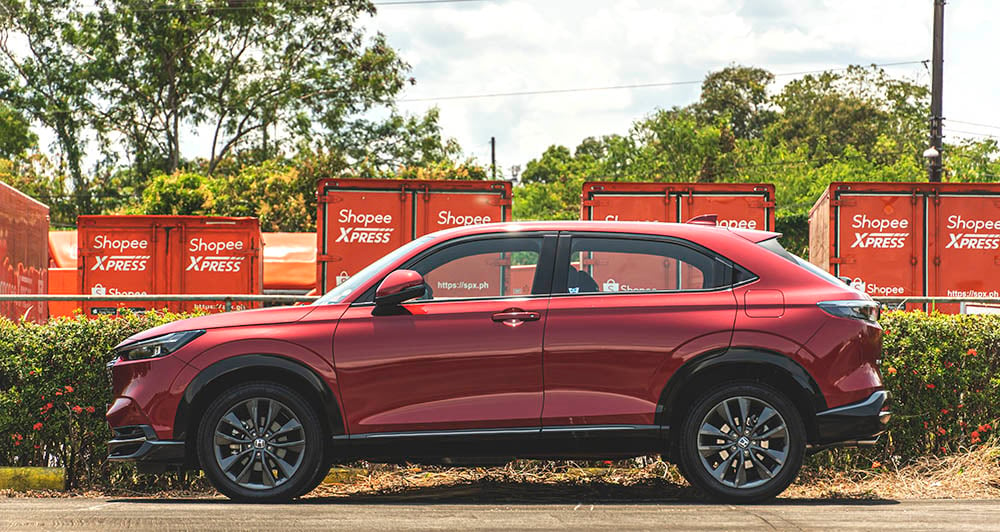
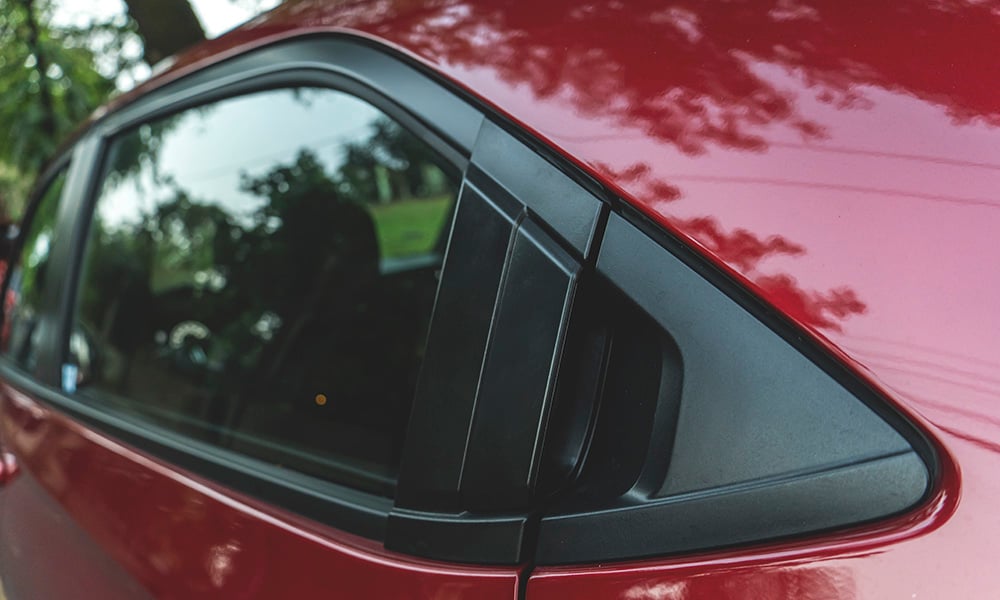
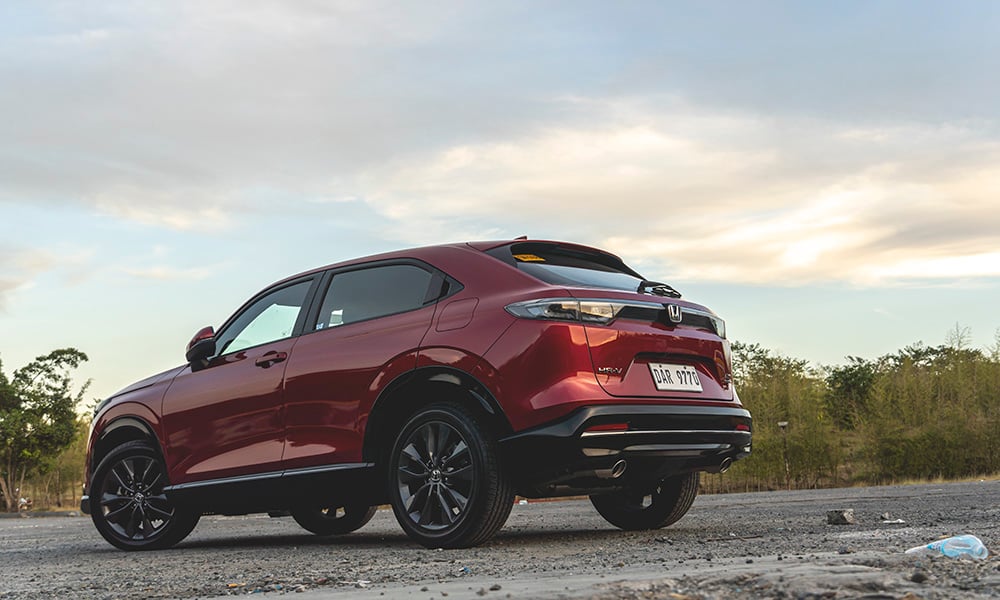
That’s where the current HR-V shines, as I see it as a mix of its predecessors. The geometric motif of the first-gen blending with the swooping nature of the second-gen results in a design that looks like any other coupe crossover, yet it strikingly works.
Speaking of coupe crossovers, the C-pillar door handle returns, now emphasizing the two-door look with the curvy trapezoidal side profile. However, the sloping rear end is unsuitable for passengers taller than 6ft, as a 5’9” individual such as myself barely grazes the roof.
That being said, 304L of trunk space is mighty healthy for its size, as well as 1,274L for those that want to feel like driving a coupe.
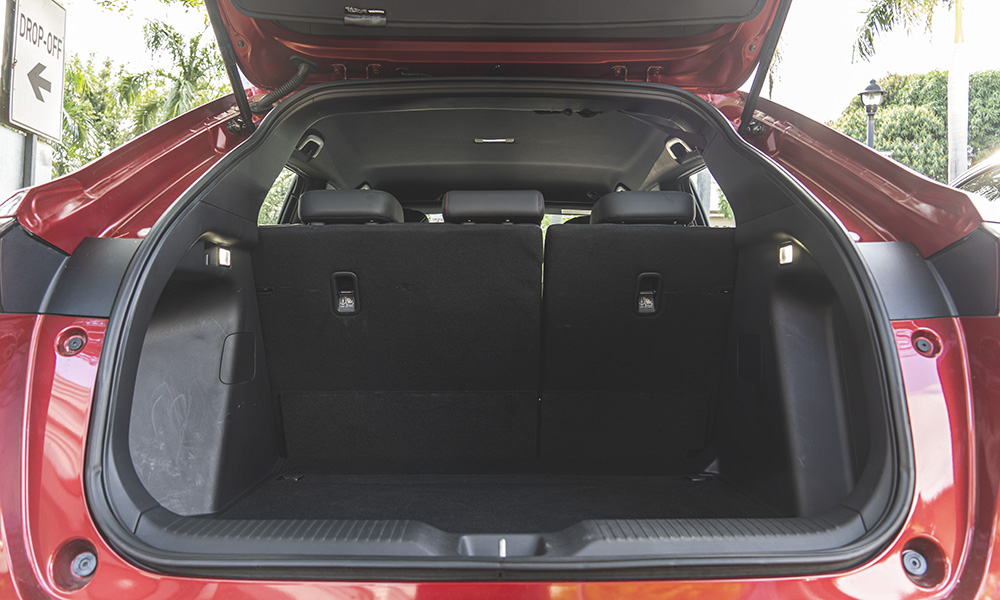
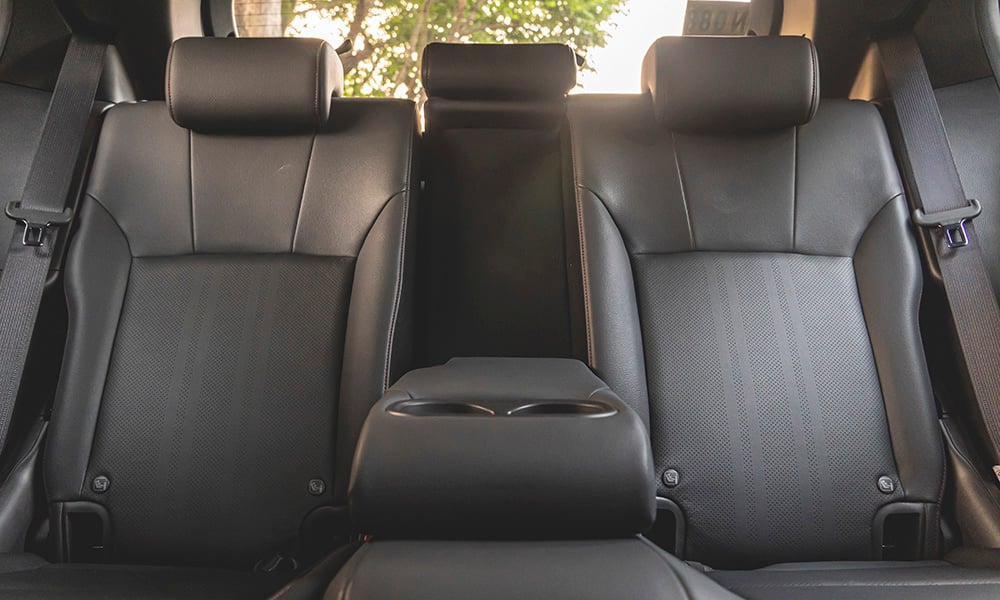
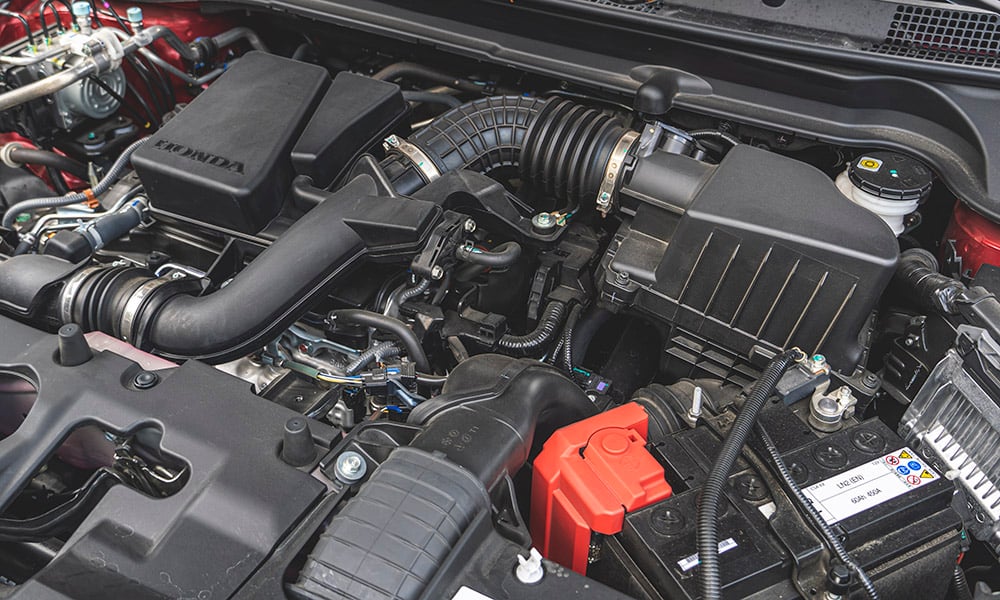
The HR-V I spent time with was the RS Turbo, and on the surface, it appears to be an appearance package for the midrange V Turbo. Both trim levels are mechanically the same, housing a 1.5-liter turbocharged four-cylinder engine mated to a CVT with paddle shifters and producing 175hp and 240Nm.
The HR-V has three driving modes: Eco, Normal and Sport. The first two modes are recommended for daily driving, which helps in fuel saving. Throughout the week, I managed to achieve about 12km/L. Sport mode replaces the purpose of the S gear found on older Honda models, transforming the fuel-sipping crossover into a peppy dog.
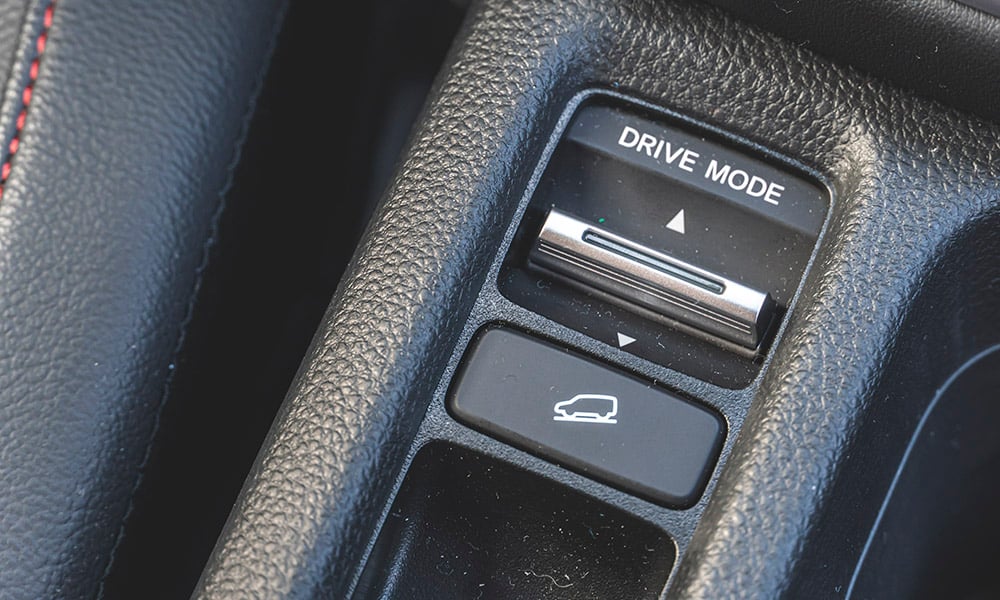
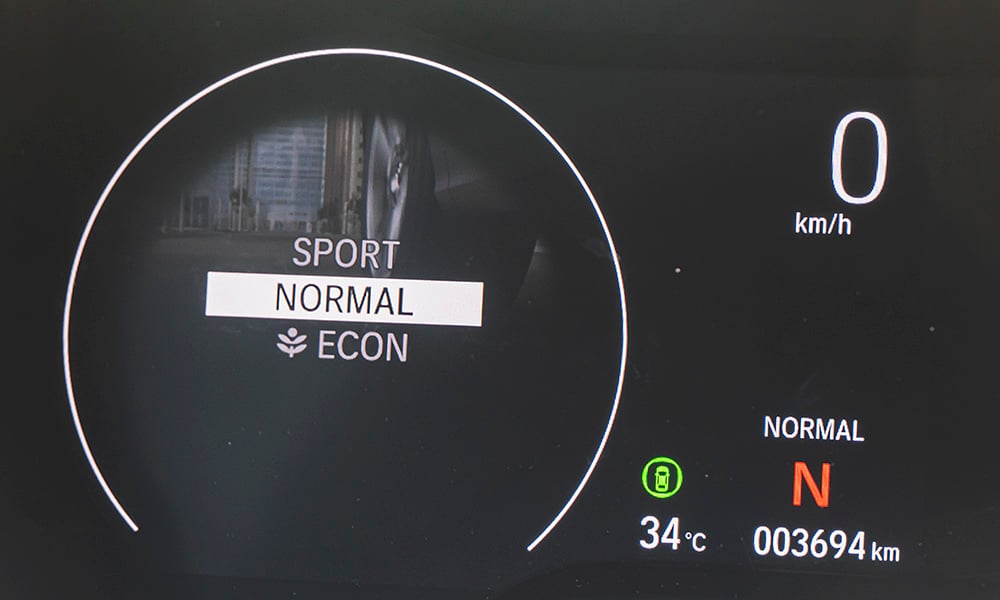
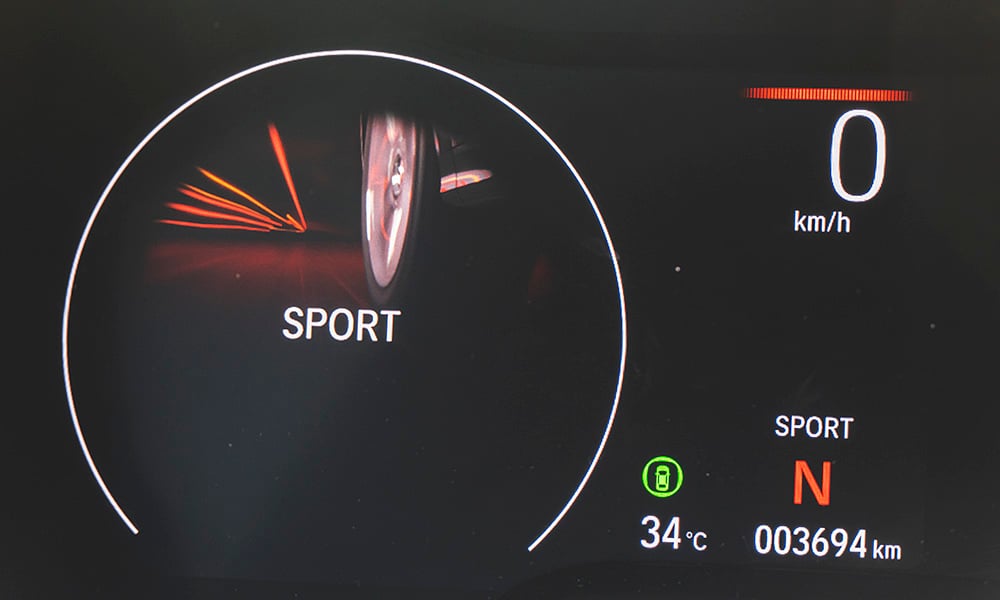
This powertrain, code-named L15C1, is closely related to the Civic RS Turbo‘s 1.5-liter turbo engine, code-named L15B7, so I was excited to try out the current VTEC offering for a long time. In short, I wasn’t disappointed.
The acceleration propelled me forward in such a punchy manner more than any other four-cylinder Honda model I’d driven in the past. Meanwhile, the gearbox can handle the speed and the torque well, especially along the expressway.
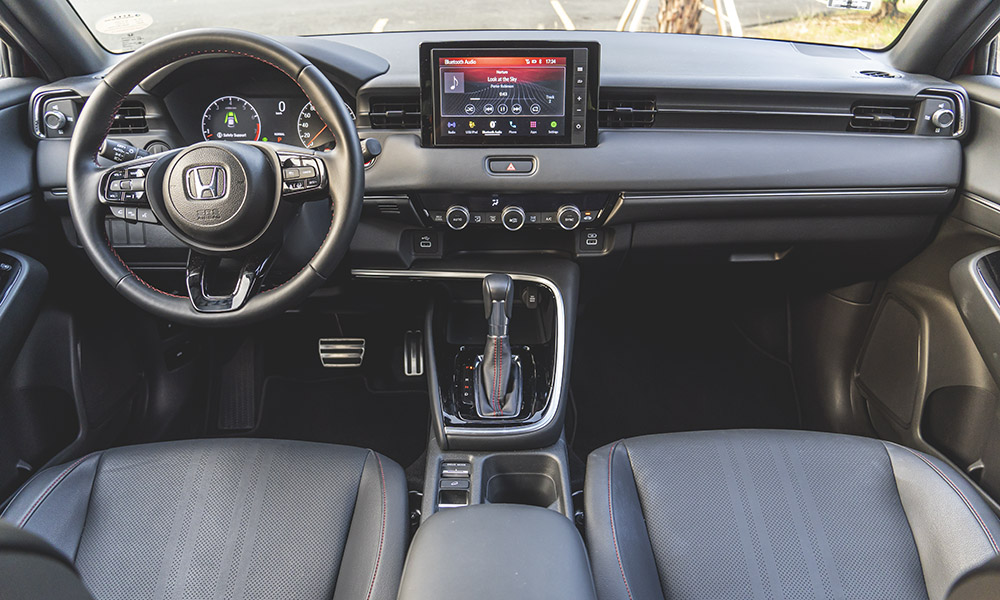
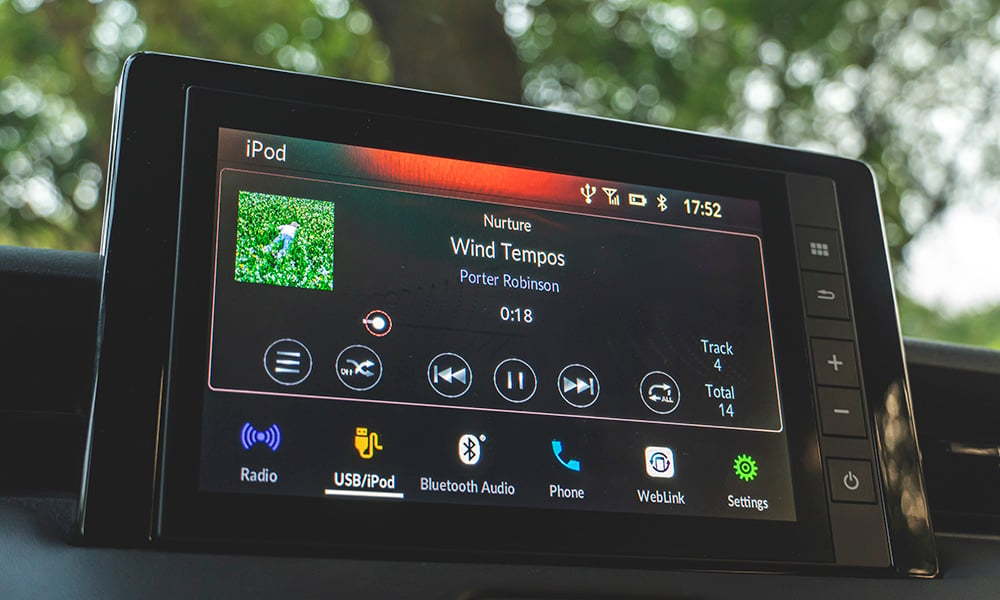
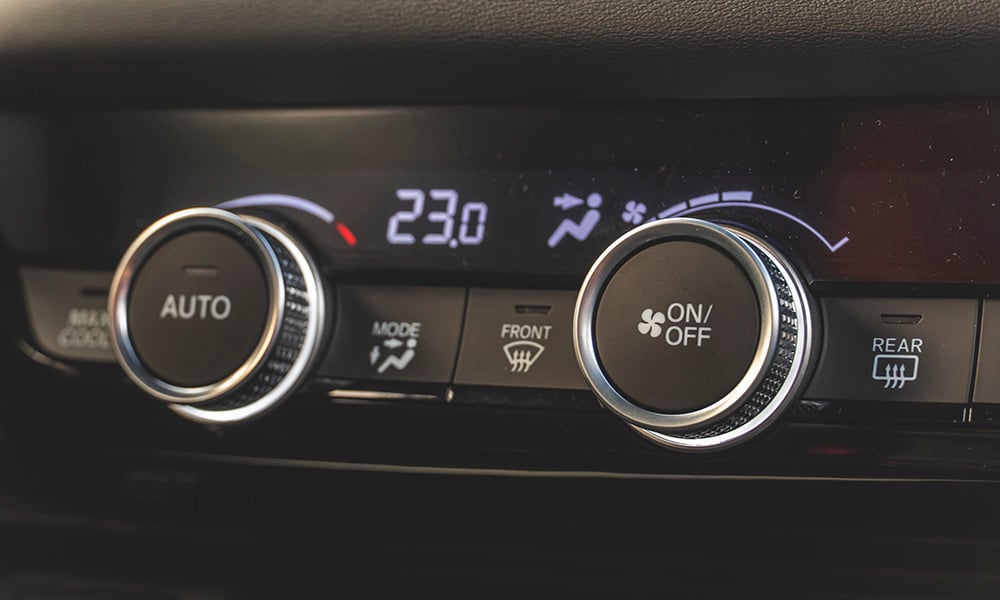
The dashboard of the HR-V is clean and well laid out. The straight line drawn across the aircon vents is a nice touch that would easily mess with OCD people’s minds when the direction changes. The soft, plush material feels satisfying to press, perfect for resting your fingers and elbow on.
Another satisfying treat is the presence of physical buttons. I have tried the previous infotainment and climate control on the Odyssey, and tapping the glossy displays didn’t provide confidence whether I pressed it hard or not. In the HR-V, you get an eight-inch touchscreen with soft-click buttons for the menu, the volume, and the power. It’s nice to see Honda bringing back some semblance of analog controls for today’s drivers.
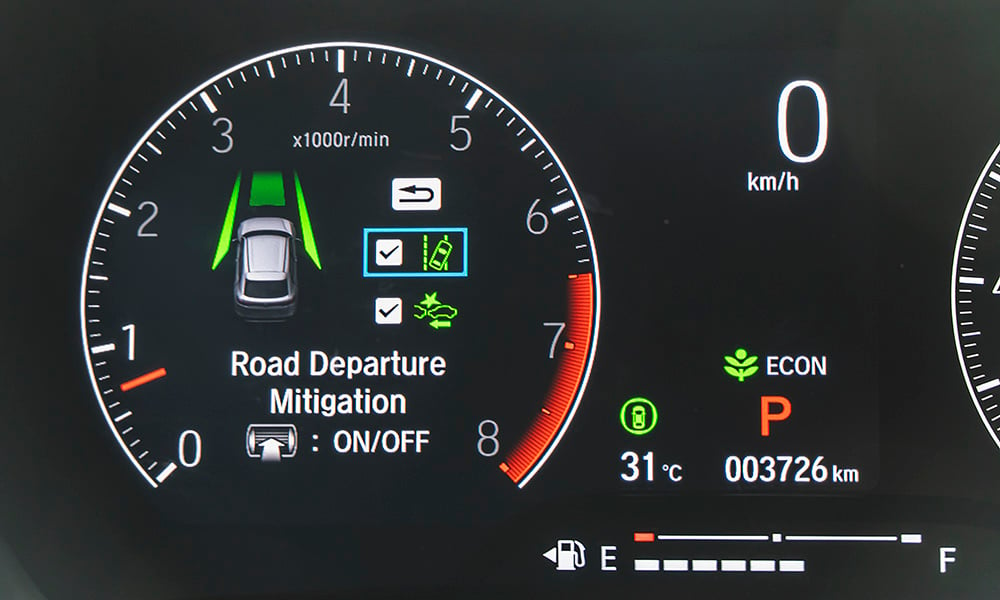
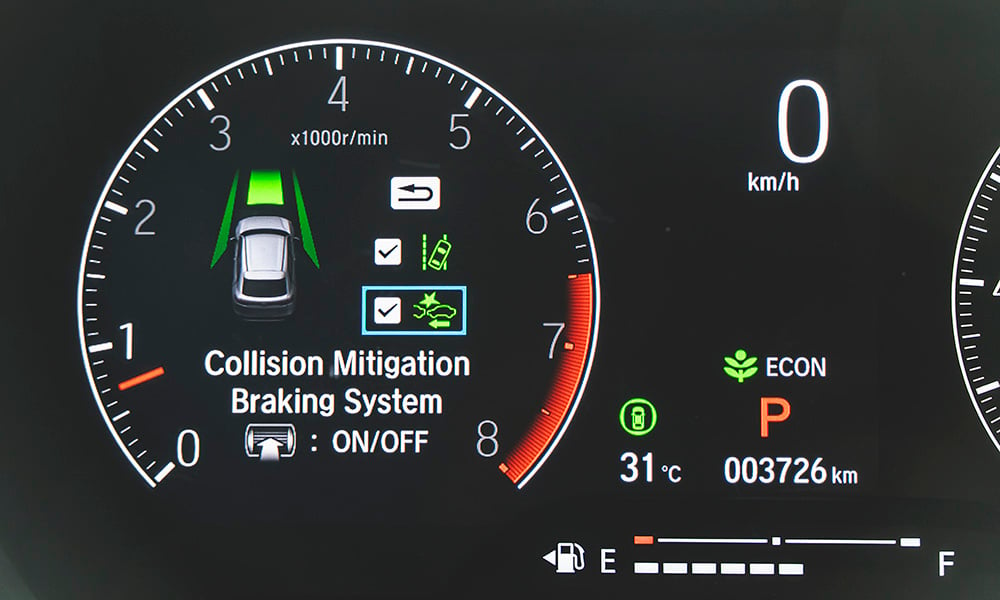

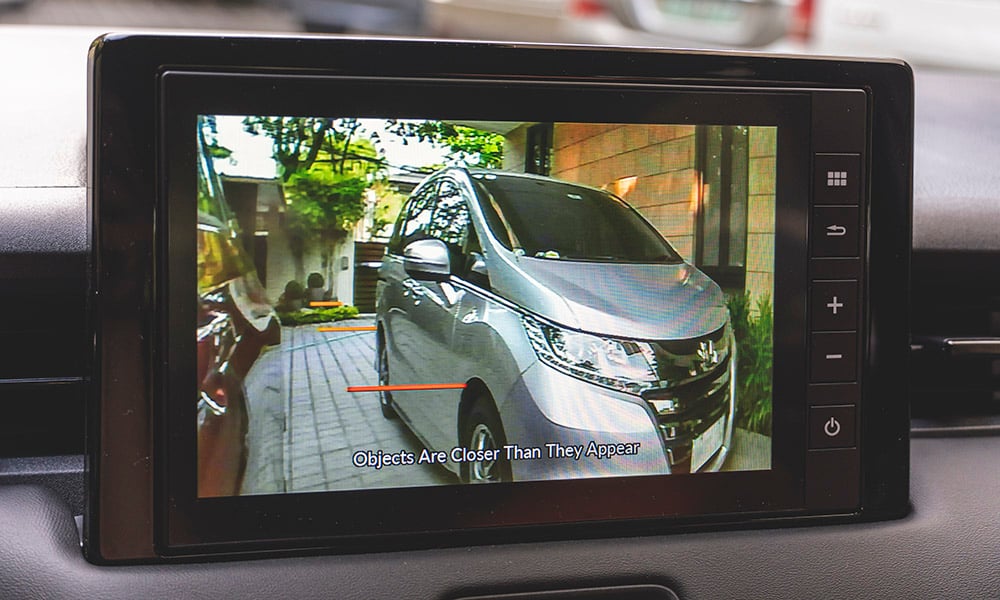
For safety features, Honda Sensing comes standard in both the V and the RS Turbo. This system aids in road departure and collision mitigation that helps warn drivers who leave their lane without warning and ignore an impending obstacle at cruising speed.
The automatic braking system worked flawlessly, especially in slow-moving traffic where the camera detects the gap between you and the vehicle in front. The lane departure system was able to read the white lines, and buzzed at me whenever I veered off without indicating.
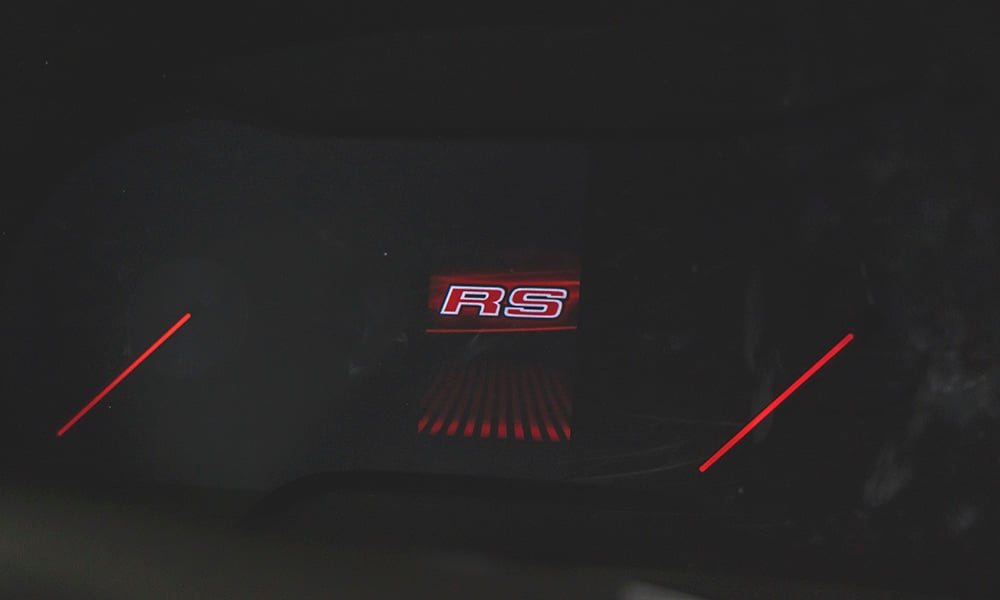
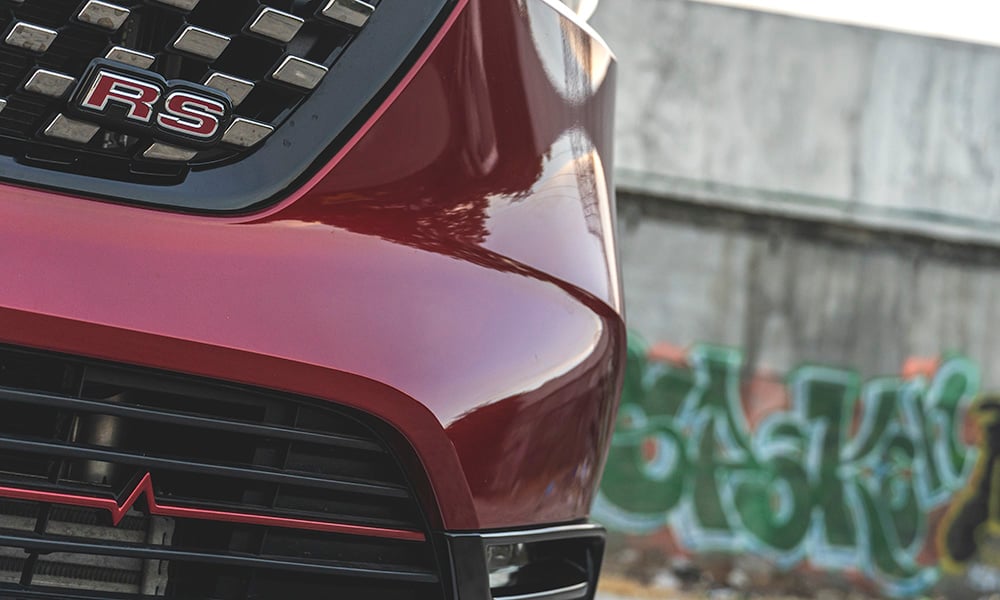
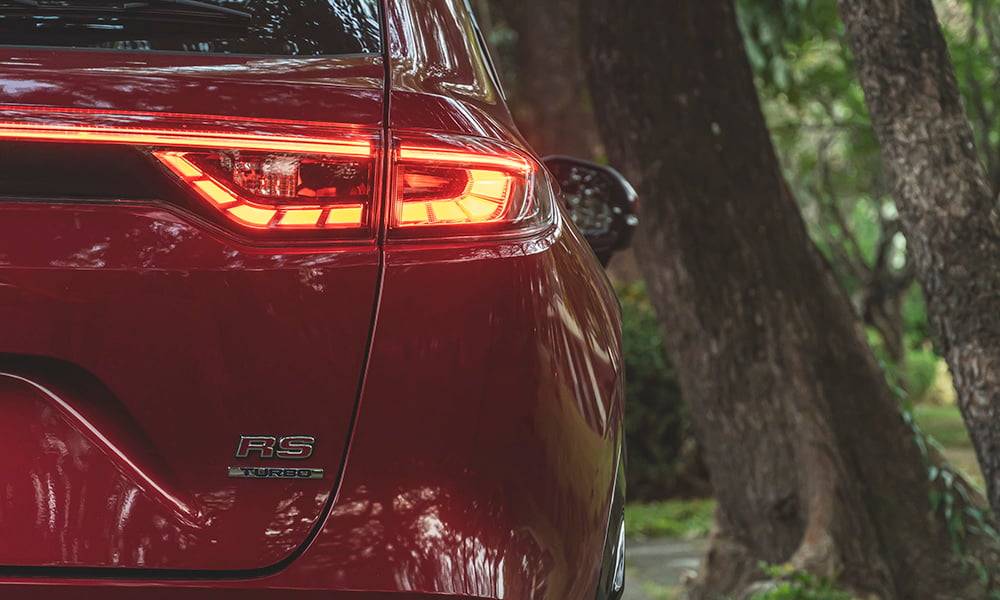
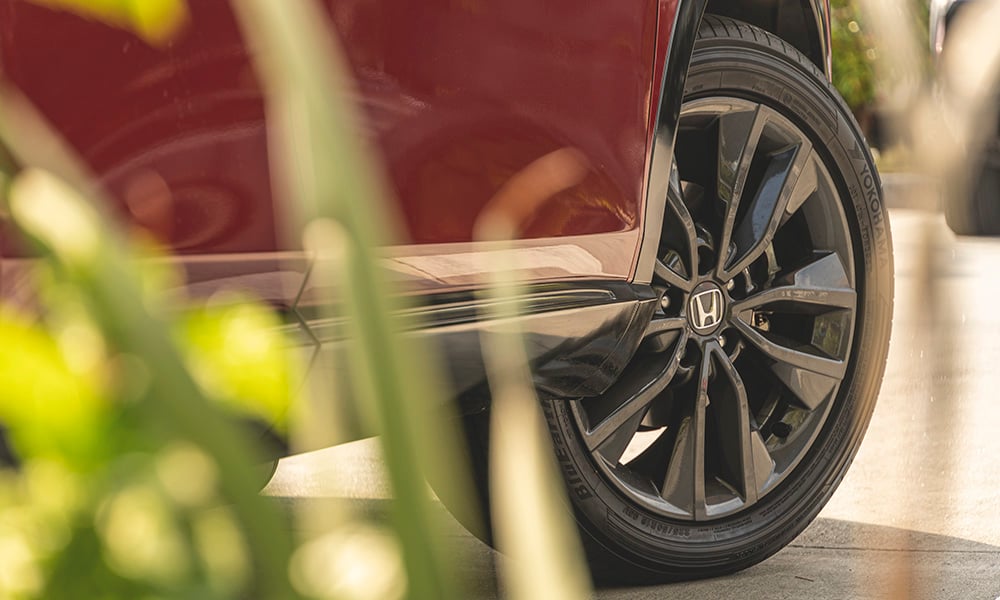
So, what does the RS Turbo have that the V doesn’t? Well, the changes are mostly—if not all—aesthetic. The black plastic trim on the lower front and rear lips, the side skirts, and the fender claddings now has a glossy black finish, with the grille also given the same treatment but in metallic chrome.
Another difference is the set of 18-inch wheels wrapped in 225/50 series Yokohama BluEarth tires, compared to the 17-inch set on the lower-end models. An RS model isn’t complete with red accents, prominently found on the pulse line of the intercooler grille and the stitching on the front seats and the steering wheel.
Greeting you inside is the welcome screen on the seven-inch digital instrument cluster, this time with the RS logo shown onscreen and the glowing red gauge needles. Ironically, the red tint of the tailights is removed for a completely clear look giving that early 2000s vibe.
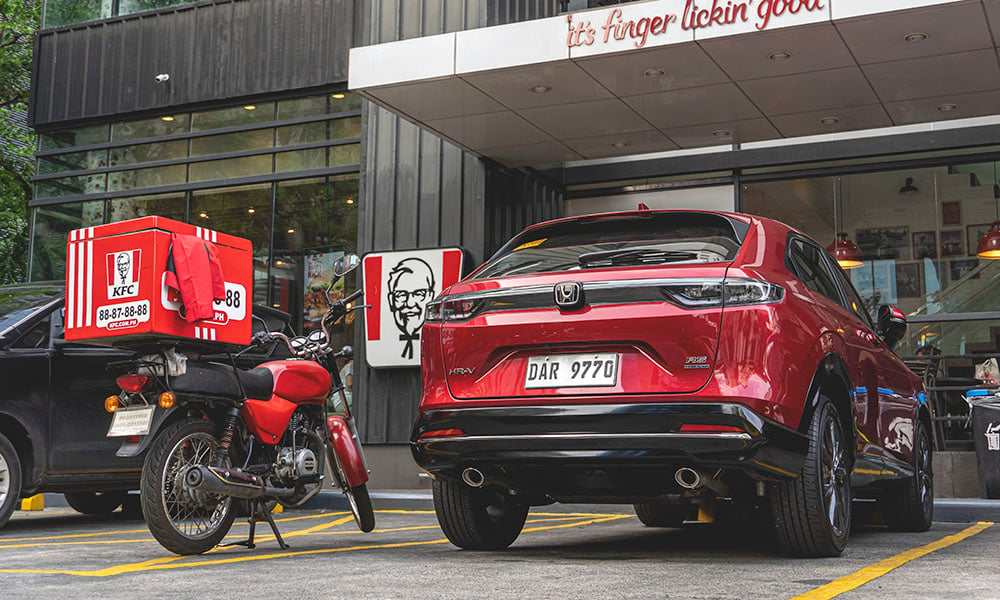
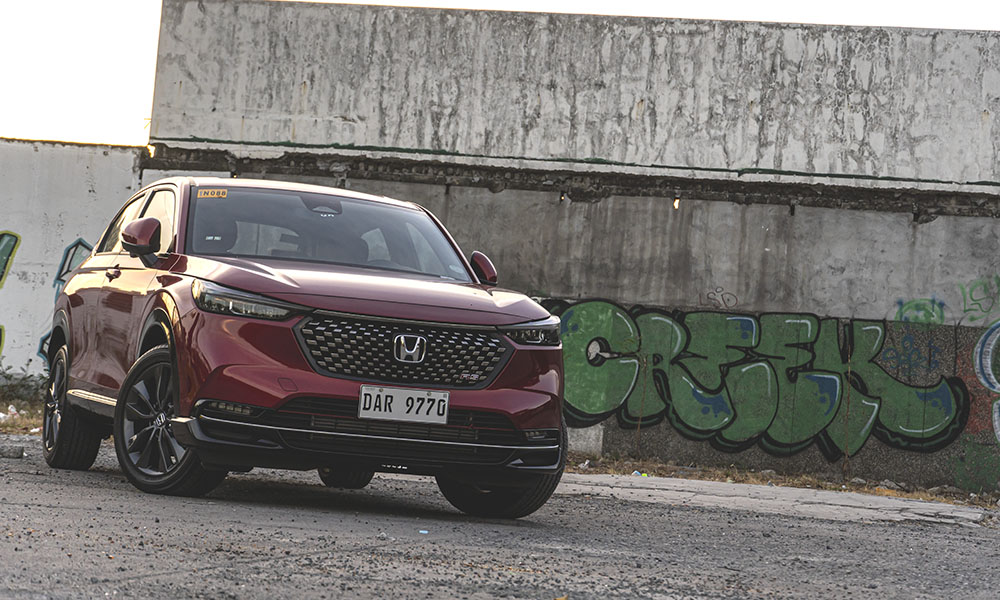
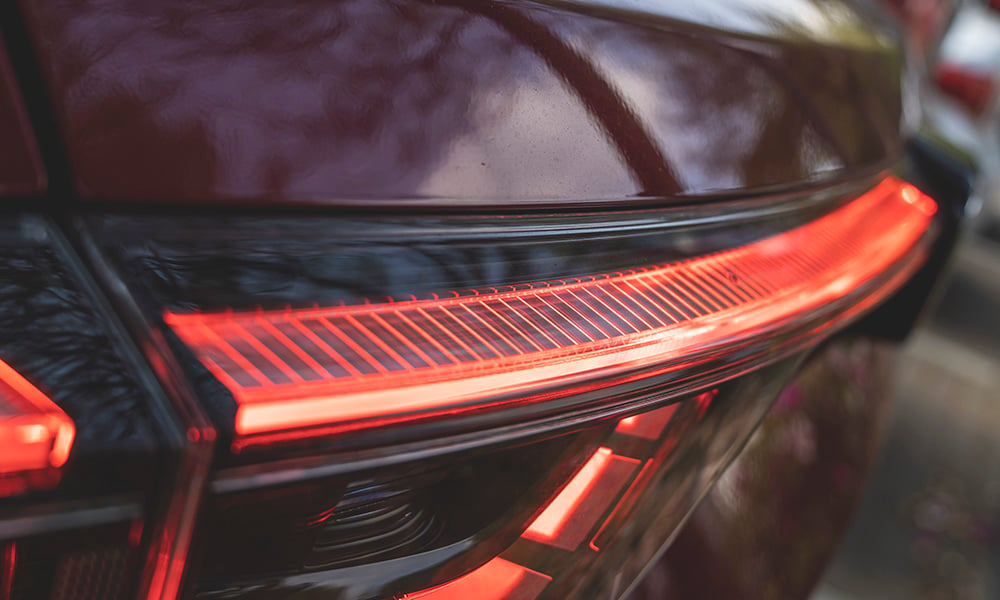
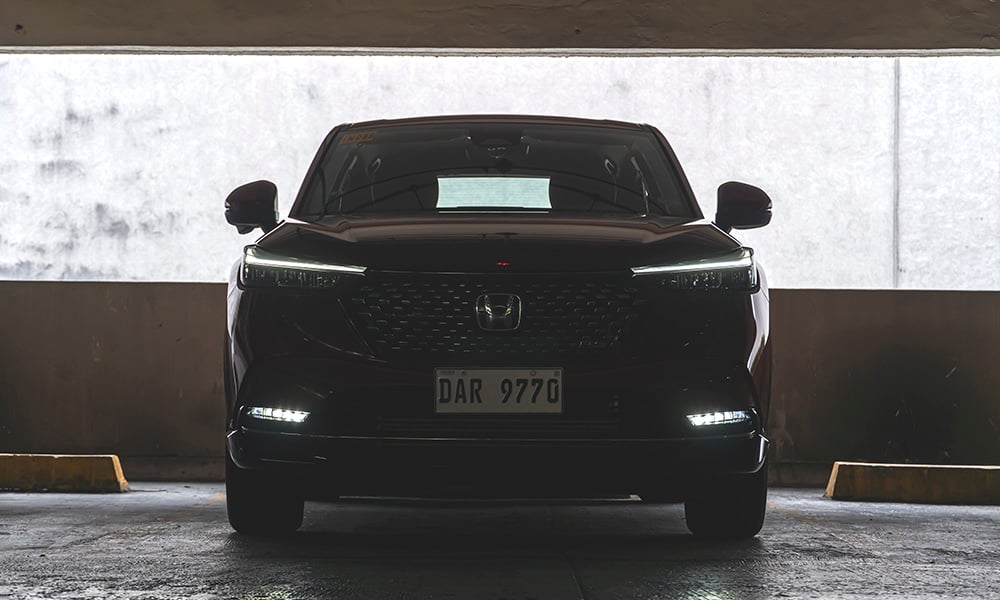
In short, the RS Turbo brings in the goodness of the V variant but with some added pizzazz to the outside. The HR-V alone is already a striking crossover to begin with, so I understand that it’s a challenge to add some pizzazz without ever consulting Mugen and Modulo (both of which have created dress-up parts for the model, but are not locally available).
If you’re only after the fantastic 1.5-liter engine and the Honda Sensing, better save about P100,000 and get the V Turbo instead. However, if you also want to look rad without seeking the aftermarket, the RS Turbo is there whenever you want.
HONDA HR-V RS TURBO
| Engine | 1.5-liter four-cylinder turbo gasoline |
| Transmission | CVT |
| Power | 175hp @ 6,000rpm |
| Torque | 240Nm @ 1,700-4,500rpm |
| Dimensions | 4,385mm x 1,790mm x 1,590mm |
| Drive layout | FWD |
| Seating | 5 |
| Price | P1,739,000 |
| Upside | Fantastic powertrain and acceleration, striking angular yet curvy design, physical buttons and knobs, comfortable seats and plush interior. |
| Downside | Cramped rear headroom for tall people, mechanically similar to the V Turbo that it’s difficult to justify the almost P100,000 difference. |


0 Comments